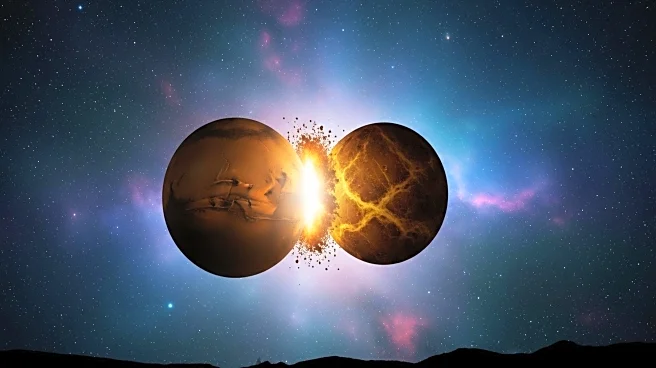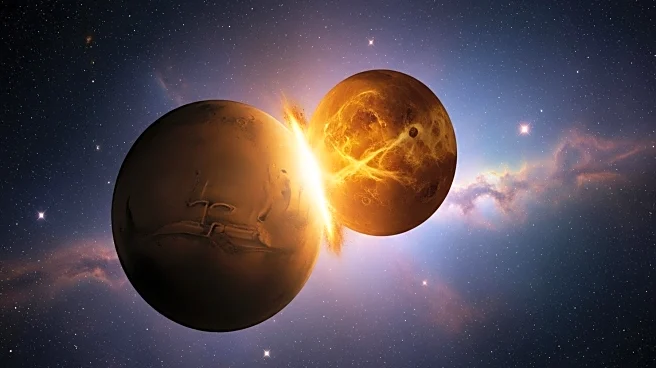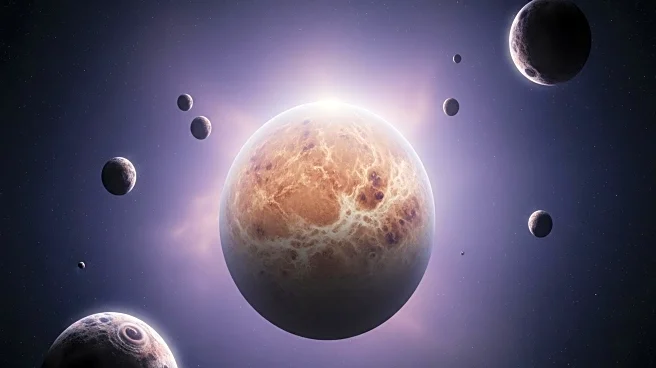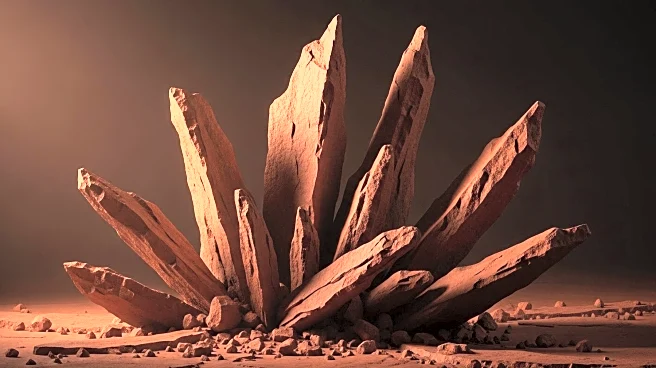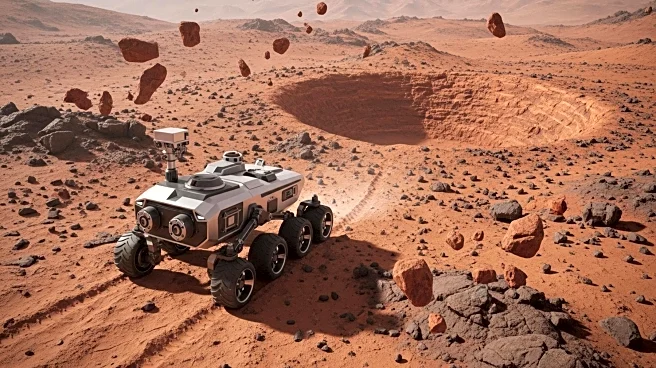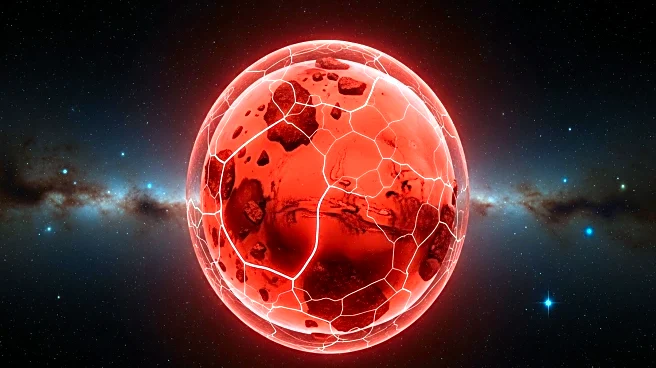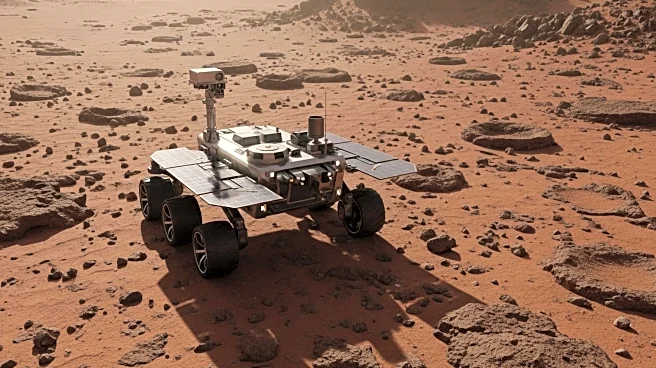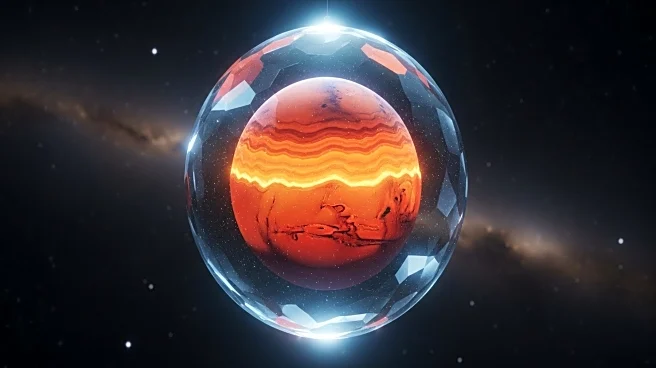What's Happening?
A recent study from the University of Zurich, led by Mirco Bussmann, proposes that Venus may have been struck by a Mars-sized celestial body during its early history. This impact could have significantly influenced Venus's unique thermal and geological characteristics. The collision would have generated immense heat, disrupting the planet's mantle and stalling plate tectonics, potentially leading to planet-wide volcanic resurfacing. This theory offers an explanation for Venus's geologically young appearance and its lack of a moon, as the impact would not have produced a debris disk capable of forming one.
Why It's Important?
Understanding Venus's geological history is crucial for comparative planetology, which helps scientists learn more about Earth's past and future. The study's findings could provide insights into planetary formation and evolution, particularly regarding the role of massive impacts. This research may also influence future missions to Venus, as it highlights the planet's dynamic history and the potential for discovering more about its surface and atmosphere. The absence of a moon and the planet's unique rotation and surface conditions make Venus an intriguing subject for further exploration.
What's Next?
Future research may focus on gathering more evidence to support the impact hypothesis, possibly through missions that study Venus's surface and atmosphere in greater detail. Space agencies like NASA may prioritize missions to Venus to explore these findings further, potentially leading to new discoveries about the planet's history and its comparison to Earth. Additionally, the study could inspire similar research on other planets, enhancing our understanding of the solar system's formation and evolution.
